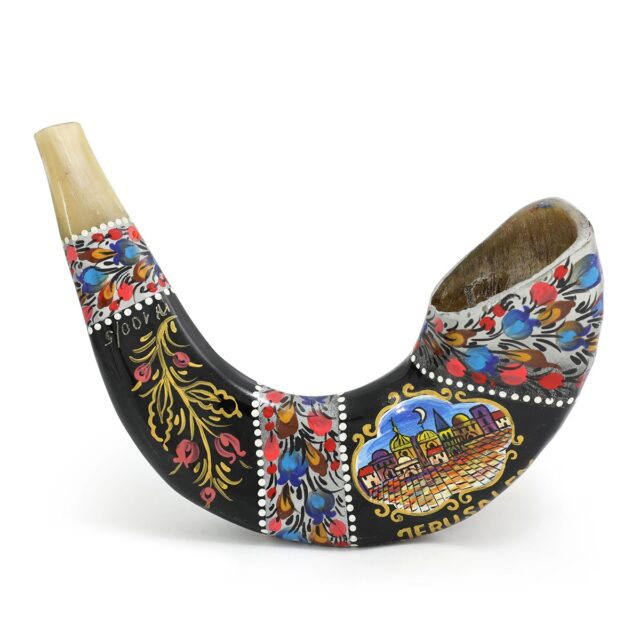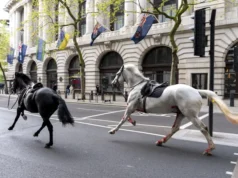
Looking back at the history of the shofar, it’s evident that its journey went from a war cry instrument and the reminiscent of the coronation of a king or to signify the new moon and the Sabbath, to one that sounded to symbolize a Jewish high-holiday. The modern-day uses of the shofar are reserved for three occasions in the Jewish Hebrew calendar – the month of Elul, Rosh Hashanah, and Yom Kippur.
Below, we’ll look at those three occasions in detail and why the shofar sounds.
The Month of Elul
The month of Elul is simply the last month of the Jewish calendar. The month of Elul marks the beginning of a long path to repentance that comes with reflection and introspection along the way. Broadly speaking, Elul, Rosh Hashanah, and Yom Kippur are all a time to reflect and ask for the atonement of sins.
Elul sets the tone for the high-holy holiday period that contains two of the biggest Jewish holidays on the calendar – Rosh Hashanah and Yom Kippur. It gives Jews the chance to think about the year they’ve had and the year that’s about to come, taking the time to think about sins to leave behind and how to live a better life in the new year. That’s also known as Cheshbon Hanefesh or an accounting of the soul.
The shofar sounds every day during the month of Elul after shacharis in the order as follows: tekiah, shevarim, teruah, tekiah. Anyone can play the sounds of the shofar – and you find examples of modern shofars for sale through this link https://www.judaicawebstore.com/shofars-C93.aspx.
Rosh Hashanah
Rosh Hashanah is one of the most crucial Jewish high-holy days in the calendar – and the one most Jewish people look forward to the most. Rosh Hashanah literally means head of the new year – and it signals the start of the new year as per the Jewish Hebrew calendar.
It’s held on the first and even sometimes second day of Tishri and the sounding of the shofar 100 times during a traditional Rosh Hashanah service that happens on each day of Rosh Hashanah. That is an adaptation to its traditional Rosh Hashanah use – Jewish law states the shofar should sound a minimum of 30 times per day during Rosh Hashanah.
Yom Kippur
Yom Kippur is the day of atonement. Elul and Rosh Hashanah both lead up to the celebration of Yom Kippur. It’s the most sacred day on the Jewish calendar – one that every practicing Jew takes seriously. Yom Kippur is ten days after Rosh Hashanah and is another chance for Jewish people to ask for repentance and reflect on sins from the previous year.
After fasting for 25 hours, the shofar sounds to signal the end of Yom Kippur and the chance at a fresh start. Jewish people don’t wear white, make-up, perfume or leather shoes when celebrating Yom Kippur.
In Israel, you’re likely to hear the sounds of a shofar bellowing through the streets daily – mainly because of Christians using it for their own means and needs. It’s the celebration of Elul, Rosh Hashanah, and Yom Kippur that the shofar represents the most in modern-day Judaism.












